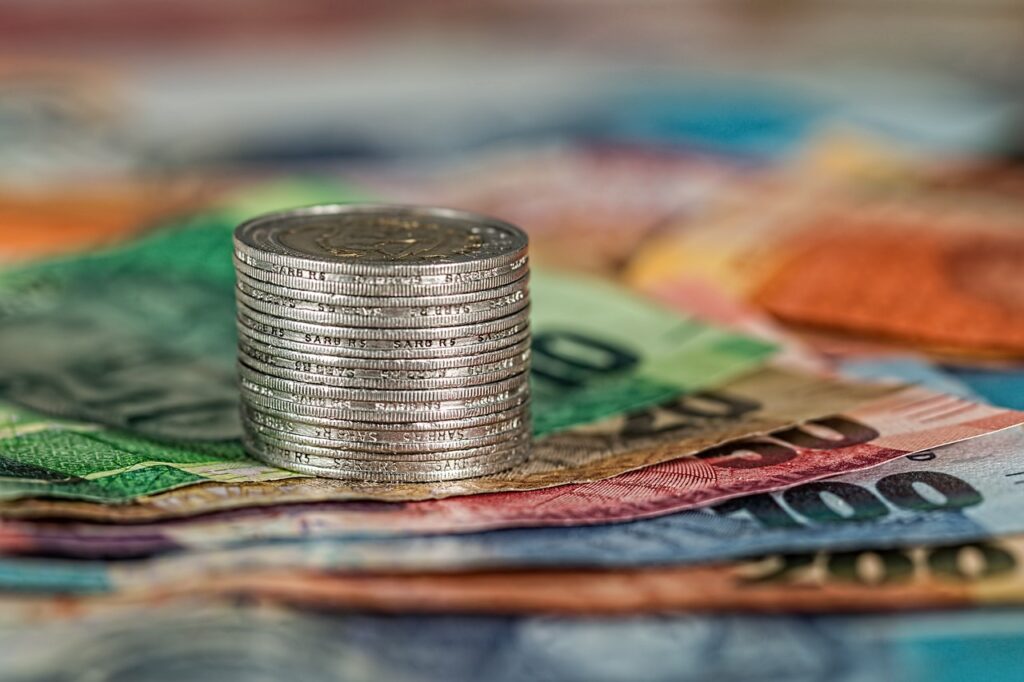
Introduction
Saving money plays a vital role in maintaining financial stability, though it can feel challenging for many people. But with the right approach and a positive mindset, building a savings habit becomes much easier.
Table of Contents
Why Tracking Expenses is Key
Tracking your expenses is an essential first step towards effective saving. By knowing exactly where your money goes each month, you can spot opportunities to cut back and start setting aside those savings. Here’s how to get started.
Gather all your receipts over a month and grouping them by category or check your online bank statements to check your spending patterns. If you prefer digital approach budgeting apps like Mint or Personal Capital make it easy to link your accounts and automatically sort your spending into categories.
Categorizing Your Spending
Categorize your spending into fixed costs like rent, utility bills and other regular expenses that stay the same each month, and variable costs cover things that fluctuate such as groceries, dining out, entertainment and optional purchases.
Debt repayments are also an important category, including payments for credit card balances or any other borrowed funds. Savings contributions represent any amount you set aside for future goals or for emergency funds or for a major purchase.
Setting Up an Effective Budget Plan
Create a Budget Plan
- Track Your Income: List all the sources of incomes you receive, so that you know exactly what you have to work with each month.
- Organize Your Expenses: Identify your expenses and group them into categories like housing, groceries, utilities and leisure.
- Distribute Your Funds: based on your needs, allocate portions of your income to each category. Allocate 50% of income on essential expenses, 30% for personal spending and 20% for savings or debt payments.
- Regularly Review and Adjust: Budgets need occasional fine-tuning. Review your budget regularly and adjust it as your income or expense charge.
Budgeting with Cash and Envelopes
- Withdraw Cash Monthly: Start each month by withdrawing your total income in cash.
- Sort cash into Envelopes: Divide cash into envelopes, each one labeled for a specific spending category like rent, groceries or entertainment.
- Stick to Your Envelopes: Spend only from each designated envelope for that expense type. It helps you to stay within your budget and prevents overspending.
Automatic Savings Strategies
Setting Up Automatic Transfers
Start by setting up a direct deposit from your paycheck to your savings account. It is helpful to arrange recurring transfers on a specific day each month to consistently build your savings without thinking twice.
Using Savings Apps
Savings can make automating and enhancing your savings fun and effective. Cashback apps like Rakuten give you cashback on purchases. Budgeting tools like Mint and YNAB will help you track expenses and make saving easier. For extra motivation, try savings challenges in some apps, like no-spending day or weekly deposit goal.

Reducing Expenses and Saving Money
Lowering Monthly Bills and Expenses
- Cut Down on Rent: If you are renting, consider sharing your space with a roommate to cut costs. Having a roommate can make rent much more affordable
- Lower Utility Bills: Simple habits can save on utilities, Turn off lights when not in use, switch to energy efficient appliances and adjust your thermostat to save significantly on mostly bills.
- Cancel Unused Subscriptions: Review your subscriptions like streaming and gym memberships and cancel any you rarely use. This will free up some cash each month.
Smart Shopping and Dining Out Tips
- Plan Your Meals: Preparing meals ahead of time reduces last-minute expenses and unhealthy choices. Meal planning services offer affordable and healthy recipes to keep costs down.
- Avoid Shopping Hungry: Shopping on a full stomach can prevent impulse driven by hunger.
Avoiding Impulse Purchases
- Follow the 24-Hour Rule: When tempted by a purchase, give yourself 24 hours to consider it. Often, you will find that urge fades, helping you save on items you may not need.
- Use Reminders and Prompts: Set reminders on your credit card or phone to reconsider purchases. Sign up for emails as it may sometimes lead to discounts by some retailers.
Additional Saving Tips
- Making the most of IDA Programs Investment Development Account (IDA) programs can be a powerful way to grow your saving by matching your contributions, making it easier to achieve big goals like purchasing a home or launching a business.
- Building Saving with Small, Consistent Efforts Start small. Store your spare change in a jar or piggy bank. It may seem small, but can add up surprising amount of time. Try setting weekly savings targets, start small and gradually increasing.
- Managing Credit and Debt Wisely If you have multiple high-interest debts, consolidating them into single loan with lower interest rate can reduce cost. Improving your credit score can help you qualify for better rates on loans credit cards. Always check the interest rates and terms of any loans or credit cards before committing,
- Avoid Financial Scams Be cautious with unsolicited offers that promise quick returns. Take some time to research and verify any investment or saving opportunity. Choose the apps and financial tools that are reputable and secure to track and manage your money.
Also Read: How to Plan and Secure Your Retirement
Conclusion
Saving money goes beyond simply cutting down your expenses, it is about building a financial strategy that supports your personal goals.
FAQ’s
Q: What are some efficient ways to reduce expenses?
Start by reducing unnecessary purchases like cutting out impulse buys or luxury items. Cooking meals at home instead of eating out can also make a big difference. Use energy-efficient practices like turning off lights when not in use,
Q: What is 50/30/20 budget rule?
It is a straightforward approach to manage your income. According to this rule, allocate 50% of your earnings to essential expenses, 30% for personal enjoyment and remaining 20% should go toward savings and paying of debts.
Q: How can I use technology to help me save money?
Budgeting apps such as Mint, You Need a Budget (YNAB) and Personal Capital allow you to monitor your spending and set set financial goals. Saving apps like Acorns and Digit can make saving even easier by rounding up your purchases.
